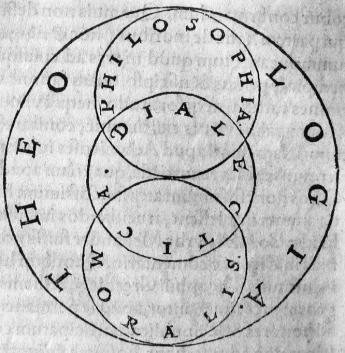Website
The Library of Symbolism - A Glossary and Bibliography of Renaissance Symbolic Literature

“For 2,000 years, from the time of Plato in 400 BC until the start of the modern era of empirical science in approximately 1600 AD, the culture of Western Europe was dominated by a single mode of expression: the symbol. The symbol was the universal medium for the approach to God, for the investigation of the natural world, for the interpretation of the Scriptures and for an understanding of and a guide to proper moral conduct. Towards the end of the period, enabled by the invention of printing by movable type, this obsession was translated into a vast literature of symbolism of which some eighty distinct species were identified by contemporary writers and theorists.”
The Library of Symbolism is devoted to this literature. Symbols, allegories, metaphors “say one thing but mean another, the underlying meaning is veiled by the apparent meaning, there is a signifier and a signified. Another characteristic of much of this literature is that it consists of collections of short pieces, a format consistent with the principal purpose of indicating a secondary meaning whether such meaning was intended to be mystical, moral or spiritual.” The symbols are derived from heraldry such as arms, devices, insignia, mottos; others are satires, paradoxes, dreams, prophesies, and visions. Symbolism in the performing arts includes masques, festivals, and burlesques. All these are considered in the database “because they were seen by contemporaries as symbolic species and were either collected into book form with commentaries on their allegorical nature or were included as illustrations in the many contemporary treatises on the nature of the symbol.”
The Renaissance symbolism refers to a time in which human thinking and the human view of the World changed radically. On the one hand Renaissance symbolism is one of the most interesting research fields for scholars. On the other hand it is one of the most fascinating fields of bibliophily at the very beginning of the history of printing.
The Library of Symbolism is an online glossary and bibliography. It is based on Robin Raybould’s book “An Introduction to the Symbolic Literature of the Renaissance”, which covers Platonism and Neoplatonism, Christian symbolism, the occult, the Greek myths, poetry and rhetoric, the literary and allegoric tradition, emblem and device and the philosophy of images. All chapters of the book are available as pdf files on the website. Key words of symbolism like “amulets”, “talismans”, “masques”, “burlesques”, “parables”, “dance of the death” etc are gathered in a comprehensive glossary. For each item a bibliography of the most important Renaissance books is added.
There are more than 2,000 books in more than 40 categories recorded in the Library of Symbolism. The database is regularly updated. It is a short title catalogue providing author, title, city of publication, publisher/printer and date and in many cases brief descriptions of the books listed. The aim of the Library is to catalogue all relevant books published in the 16th and 17th centuries, to foster interest in Renaissance literary symbolism and to explore the complex origins of the subject. The Book Finding and Research Services offer researches on any topic relevant to the “Library” or to find a copy of any book cited on the website or mentioned in one of the categories. Not more than a quotation is required to find the literary sources. Finally, the Blog and the Newsletter provide scholars, dealers, and collectors with background information, with anecdotes of interest, essays on literary topics, book reviews and notices of relevant events.
>>> The Library of Symbolism
BWvB

